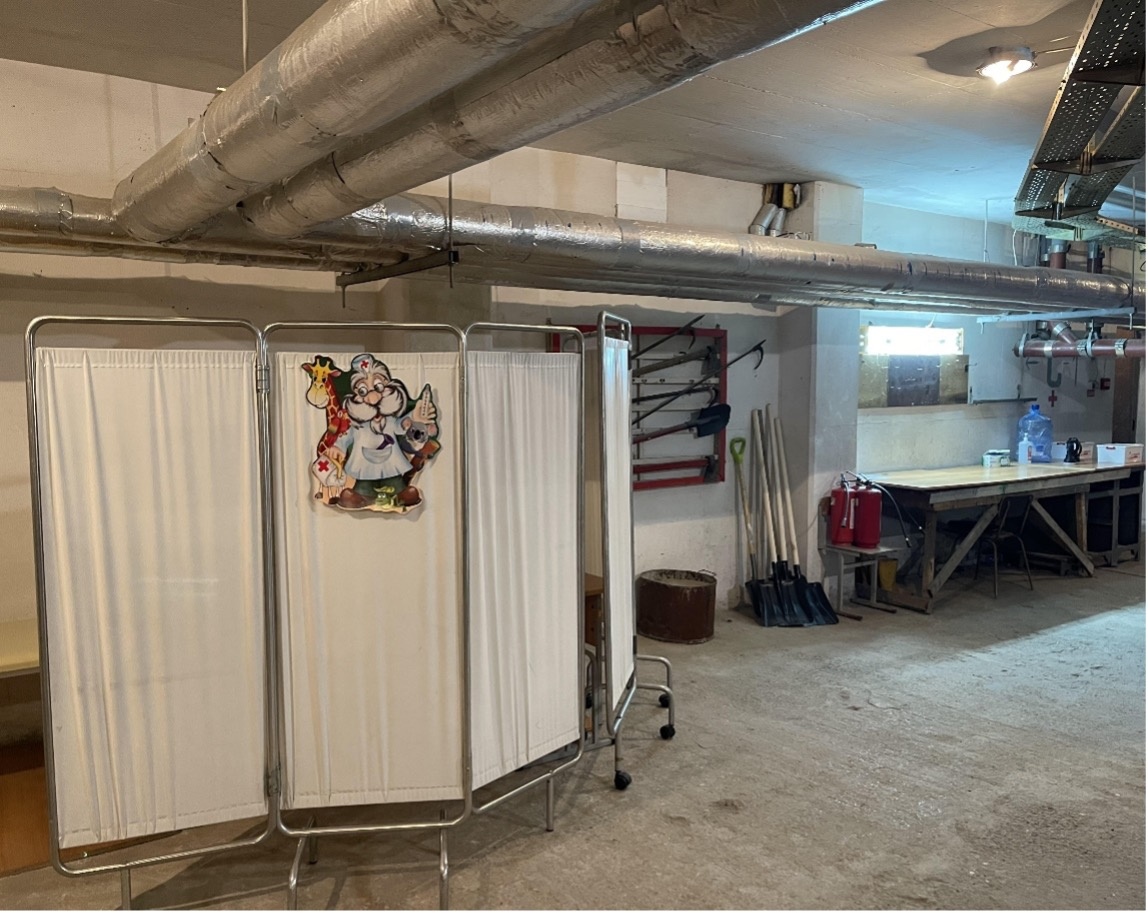On Aug. 29, Deputy Chairman of Kyiv City State Administration (KCSA) Valentyn Mondryivskyi, reported on the readiness of schools in Kyiv for different learning formats.
Parents were allowed to vote for their preferred learning format, with most opting for offline education. As a result, schools urgently prepared bomb shelters in which classes could be continued in the event of an air raid. More than three quarters of schools in Kyiv have specially equipped shelters for children. Those without shelters or that in the process of renovating shelters, will continue with online remote learning.
All 421 communal schools in Kyiv have passed a safety inspection and are ready for the school year; and more than three quarters (77%) have shelters and are prepared to receive and ensure the safety of children.
Out of 187,000 students in the city of Kyiv, 138,000 want to study offline. This preference indicates confidence in the level of security in the city. Schools are also accepting children from temporarily occupied territories, numbering more than 3,500.
“Most resources are devoted to ensuring a safe environment for the children,” said Mondryivskyi, and that “there are desks for studying and places for recreation in the school shelters.”
“Shelter at school should not be a territory of fear but a territory of learning. In the event of an alarm signal, children are moved to the shelter to continue the educational process,” Mondryivskyi added,
The Kyiv administration has developed instructions for an emergency bag that every child should possess. It should contain a card with the child’s first name, surname, contact details, blood group, a flashlight, and a container for water.

A school gymnasium converted into a shelter with study facilities – prepared for the new academic year.
Press conference participants were shown the shelter of a school gymnasium, which has been prepared for the new academic year. It covers a large area of about 4,000 square meters and can accommodate a great many more students than will likely need to use it.
The shelter has four entrances/exits, a medical corner, first aid materials and bio-toilets. It also contains a supply of drinking water and long-term storage food products. There are also separate areas for recreation and games.

A medical corner in the shelter of the gymnasium – prepared for the new academic year.
The Kyiv authorities claim that September will be a kind of “test” month that will show how the new system will work in practice and any adjustments that might need to be made.
